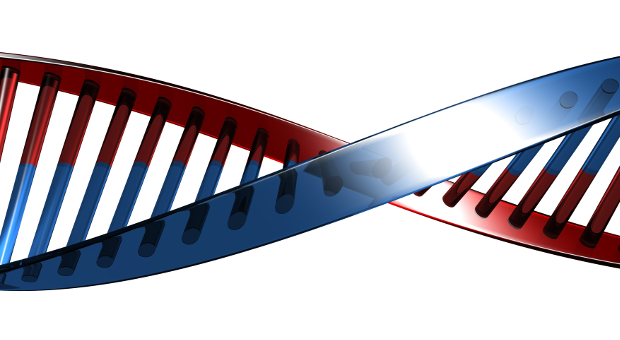Genotype found in 30 percent of ALS patients speeds up disease progression

Mice bred to carry a gene variant found in a third of ALS patients have a faster disease progression and die sooner than mice with the standard genetic model of the disease, according to Penn State College of Medicine researchers. Understanding the molecular pathway of this accelerated model could lead to more successful drug trials for all ALS patients.
Amyotrophic lateral sclerosis, commonly known as Lou Gehrig’s disease, is a degeneration of lower and upper motor neurons in the brainstem, spinal cord and the motor cortex. The disease, which affects 12,000 Americans, leads to loss of muscle control. People with ALS typically die of respiratory failure when the muscles that control breathing fail.
Penn State researchers were the first to discover increased iron levels in the brains of some patients with the late-onset neurodegenerative disorders Parkinson’s disease and Alzheimer’s disease. A decade ago, they also identified a relationship between ALS and excess iron accumulation when they found that 30 percent of ALS patients in their clinic carried a variant of a gene known as HFE that is associated with iron overload disease.
For this study, the researchers crossbred mice with the HFE gene variant with the standard mice used in ALS research.
“When we followed the disease progression and the behavior of our crossbred mice compared to the standard mice, we saw significant differences,” said James Connor, vice chair of neurosurgery research and director of the Center for Aging and Neurodegenerative Diseases. The crossbred mice performed significantly worse on tests of forelimb and hindlimb grip strength and had a 4 percent shorter life-span. The researchers published their findings in BBA Molecular Basis of Disease.
“The disease progression was much faster in the crossbred mice than in the standard mice,” Connor said. “What we found is that when ALS happens in the presence of the HFE gene variant, things go downhill more quickly.”
The lead investigator on this project, graduate student Wint Nandar, noticed that the HFE gene variant sped up disease progression and death in females but not males. Males with ALS die faster, on average, than females.
Connor said the variant may not have had time to accelerate the pace of the disease in male mice. An accelerated progression may show up in clinical trials in human males, who live longer with the disease than mice.
The researchers also studied how the HFE gene modified the pace of the disease in mice. The crossbred mice showed increased oxidative stress and microglial activation. Microglial cells normally help with repair in the body, but when over-activated they can promote unhealthy inflammation.
“They can make things worse instead of better,” Connor said.
The mice were also found to have disruption of the neurofilaments, the tiny cables that transport nutrients through nerve cells.
“It’s a much worse environment when the gene variant is present,” Connor said. “This makes it much easier for the disease to take off.”
The findings could help direct more successful clinical testing of new drug treatments, which have traditionally had disappointing results. Because patients with H63D HFE have an accelerated form of the disease, their results could skew study findings.
“There might be drugs out there that work for 70 percent of the ALS population even though the studies don’t show that when all of the data are looked at without consideration of the genetic background,” Connor said.
Separating the data out could help find effective treatments for both those with the gene variant and the rest of the ALS population.
“How a drug is going to work on a carrier of the gene variant could be worse or it could be better, but it’s likely going to be different,” Connor said.
Additional researchers on this project are Elizabeth B. Neely, research associate; and Zachary Simmons, MD, professor of neurology, both at Penn State College of Medicine.
The Judith and Jean Pape Adams Charitable Foundation, the Paul and Harriett Campbell Fund for ALS Research, Zimmerman Family Love Fund and the Robert Luongo ALS Fund supported this research.
If you're having trouble accessing this content, or would like it in another format, please email Penn State Health Marketing & Communications.
